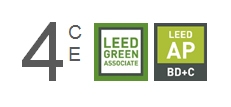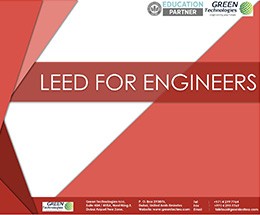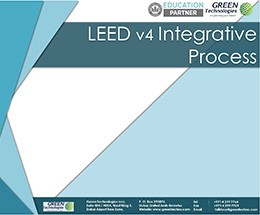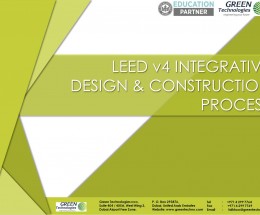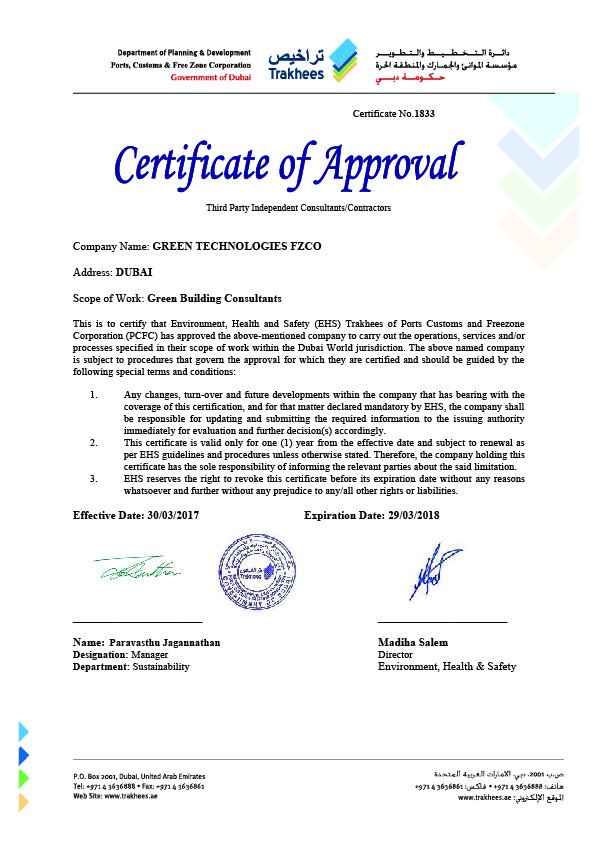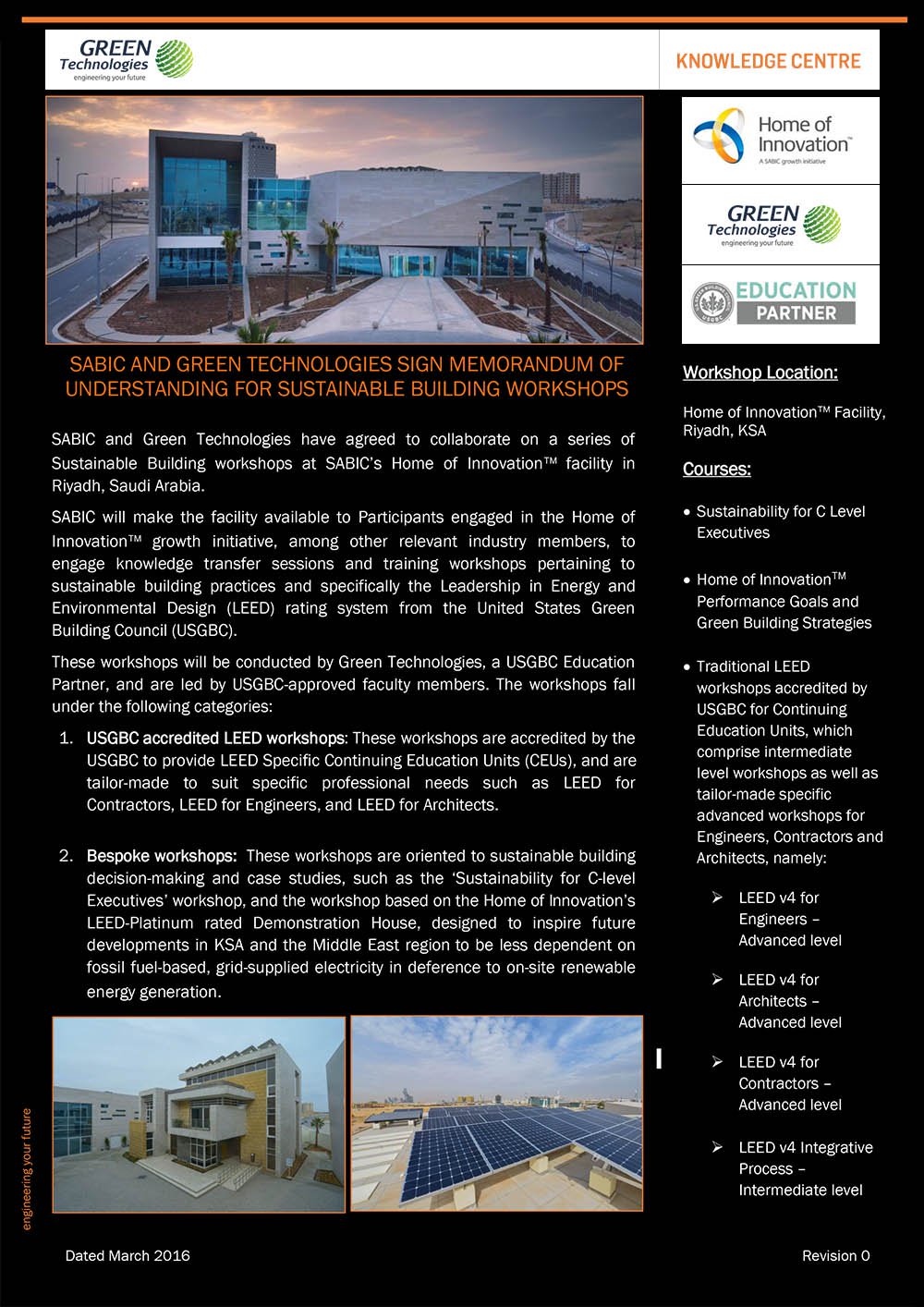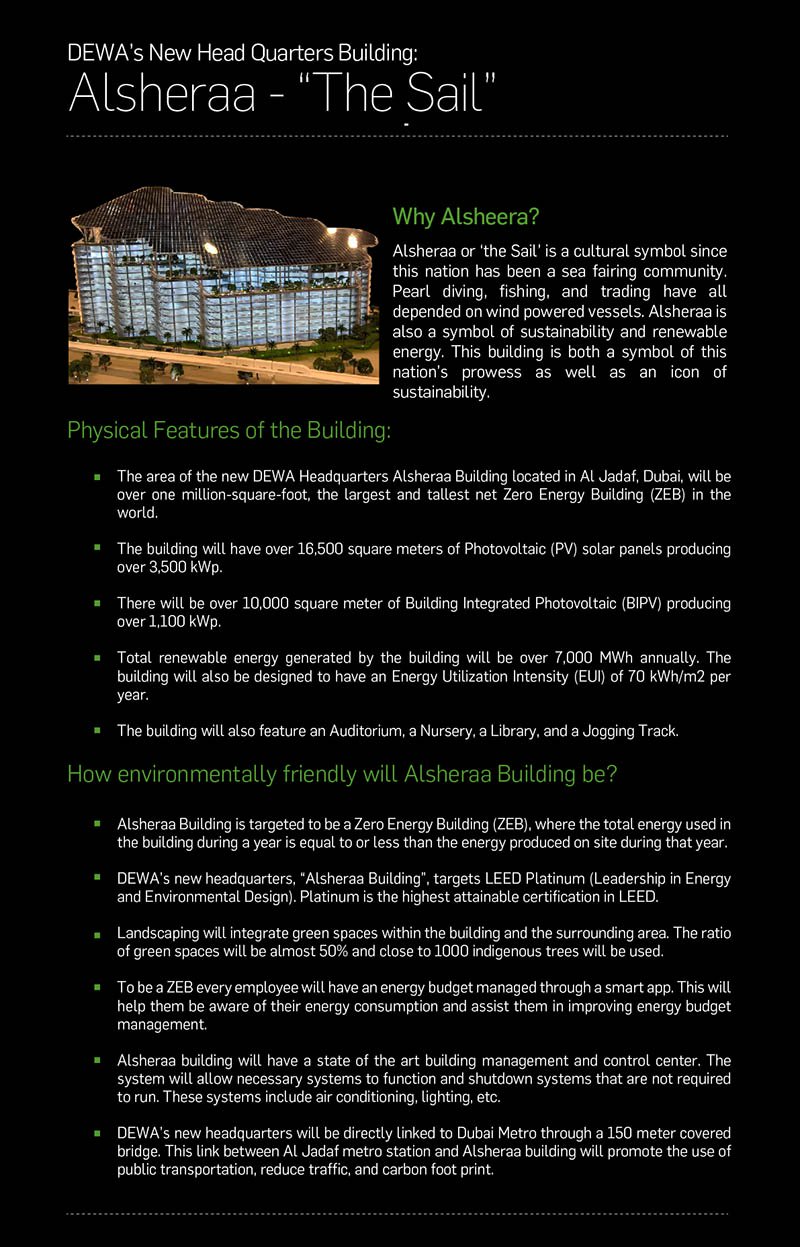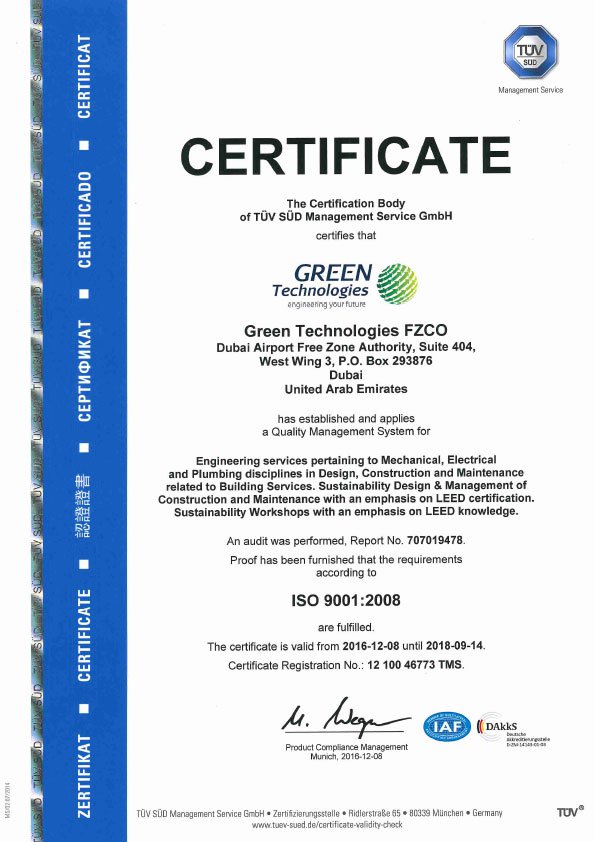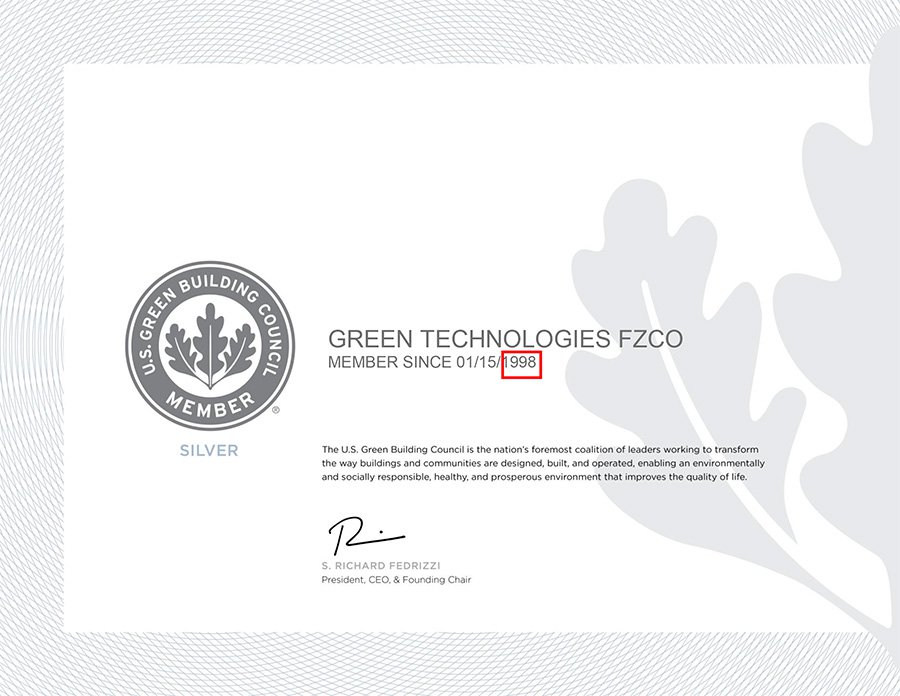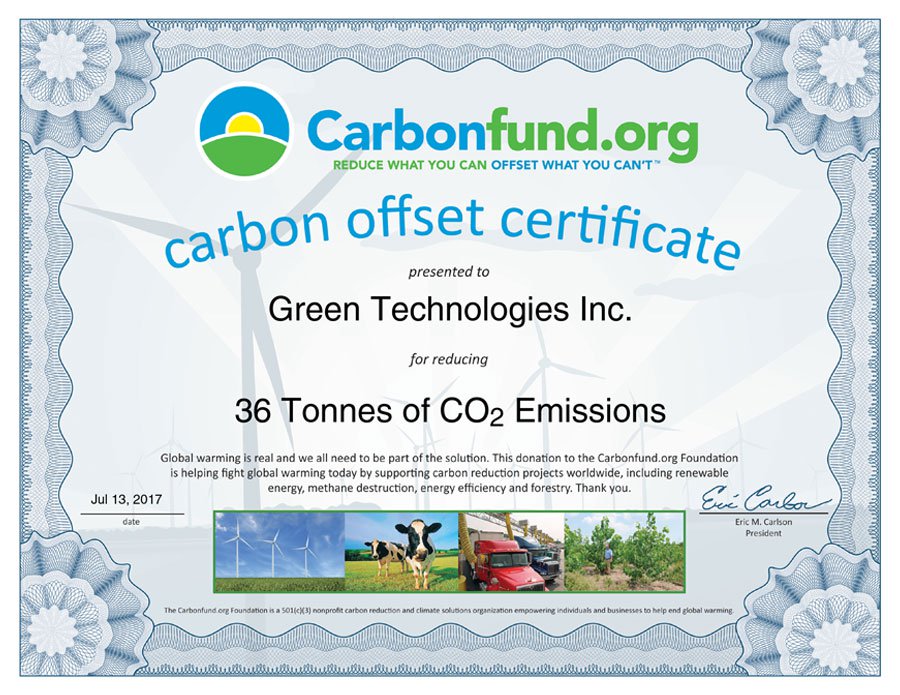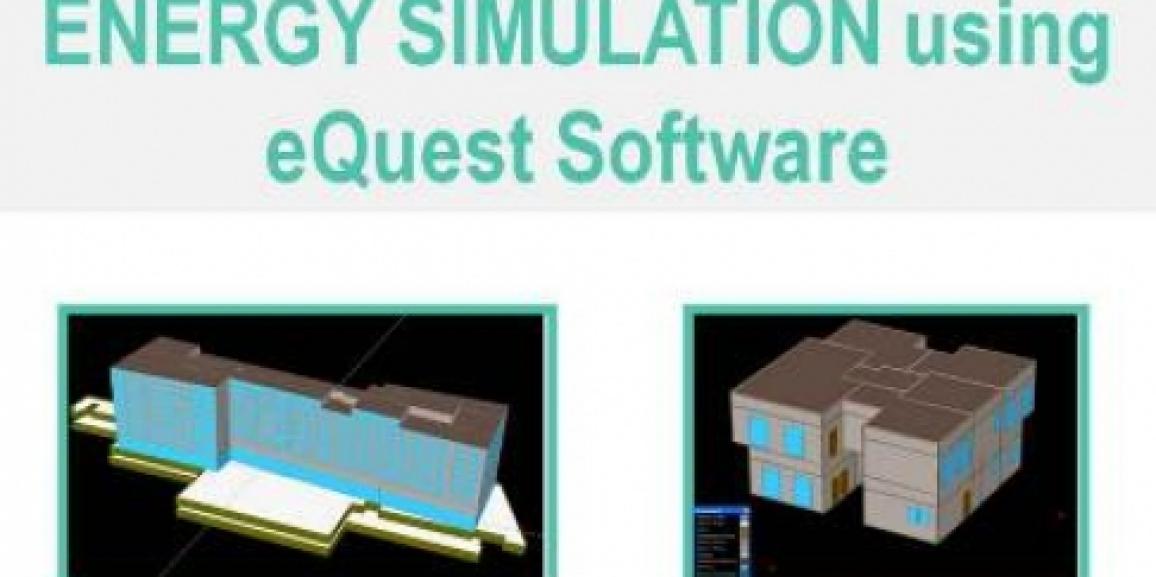
Introduction to Building Energy Simulation Using eQuest Software Part 1, 2 & 3 – Online Course
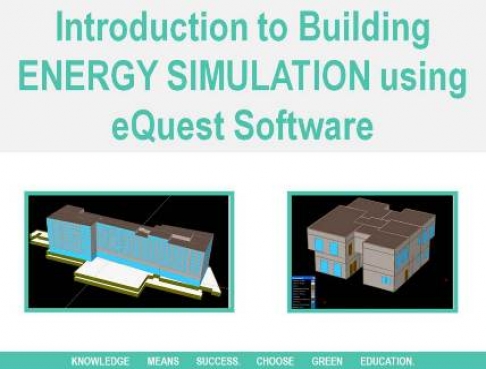
Course Summary:
This series is an overview and a basic run through on how to use eQuest Energy Modeling Software for both LEED compliance purposes and as a tool for any building engineering design.
Course Outline:
These presentations will provide information on how to start energy simulation following the energy modelling protocol established by ASHRAE Standard 90.1-2010 under Informative Appendix G. This will give the energy modeller a heads up on what information is required to make an energy model, what are the tasks to be performed at every stage of the design and the anticipated complexity of the energy modelling process while coordinating with the whole Design Team, and their inputs to the building design.
To brief you about what you will learn from these presentations, the courses takes you through the following:
Sustainability and LEED – How to link energy use with sustainability, Green Building Rating Systems and LEED
Energy Modeling Software – What are the tools to use in doing energy simulation; Why these tools; and the capabilities of this software to provide information on the theoretical stage of the building design
Effective Use of Energy Modeling – This will discuss when to use Energy Modeling in the Project Timeline; Who should be the energy modeller and its qualification; Advantages and Disadvantages of Energy Modeling in the Design Process.
Energy Modeling Protocol – This will provide information on How to model a building in terms of energy consumption; What is the benchmark for the type of building we are comparing our design to; What is the appropriate energy modelling protocol or procedure to do this.
Energy Modeling Documentation – This answers questions such as: Who will review and certify these energy model results; What are the documentations required to prove that my building is energy efficient; What are the do’s and don’ts when preparing these documentation Will be answered through this section.
Energy Modeling/Simulation Proper – This will cover the procedural way of starting an energy model to work with, and will walk you through the eQuest Energy Modeling Software step by step. This will also give you a heads up on the extent of work that needs to be done when working on an actual energy model.
Objectives
Create a building model using a wizard-template incorporating initial inputs for preliminary analysis and a very brief introduction on switching to detailed edit mode to refine the model with design details creating a baseline to work with and analyze.
Perform basic ECM analyses using parametric inputs in eQuest or using alternative simulation files.
Understand the capabilities of the DOE2.2 simulation engine to perform compliance analysis and establish a performance baseline (LEED Compliance will be discussed in summary)
Understand how to evaluate initial results and perform Quality Control checks for ‘realistic’ output data on the final results and reports.
Work with basic energy simulation software reports to verify integrity of simulation results.
Discuss on how to use DOE2.2 and engineering theory to model complex HVAC systems
